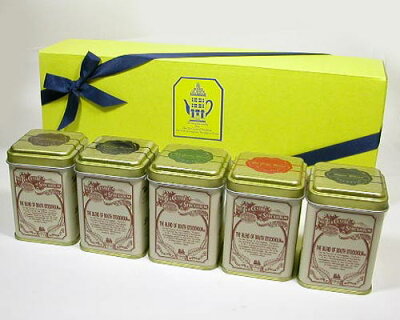
Unique snowflake. Photo: Pen Waggener (Flickr: Unique) via Wikimedia Commons.
International Year of Crystallography 2014
Crystals
are everywhere in nature, admired for their symmetrical patterns - just
think of a snowflake! The science of crystallography still remains
relatively unknown for most people, though it underpins most
technological developments in our modern society. 2014 marks the
centennial of the birth of X-ray crystallography, thanks to the work of
1914 Physics Laureate Max von Laue who showed that X-rays are diffracted
in crystals.
 Read more: X-ray's Identity Becomes Crystal Clear Read more: X-ray's Identity Becomes Crystal Clear |
|
A Successful Father-and-Son Team
After
Max von Laue's discovery, it still wasn't clear whether the structure
of the crystal and the wavelength of X-rays had any influence on the
diffraction pattern.The connection was established by the Braggs, father
and son, who were awarded the Nobel Prize in Physics in 1915.
 Read more: The Parent Trap Read more: The Parent Trap |

Lawrence Bragg.
|
|
|

Quasicrystals.
|
The Discovery of Quasicrystals
In
quasicrystals, we find the fascinating mosaics of the Arabic world
reproduced at the level of atoms: regular patterns that never repeat
themselves. However, the configuration found in quasicrystals was
considered impossible, and Chemistry Laureate Dan Shechtman had to fight
a fierce battle against established science.
 Watch a short video about Dan Shechtman Watch a short video about Dan Shechtman |
|
|
Play the Crystallite Game
Liquid
crystals are partly ordered materials, somewhere between their solid
and liquid phases. Their molecules are often shaped like rods or plates.
The Crystallite Game is a Tetris-like game based on the different types
of patterns found in liquid crystal molecules.
 Play the game Play the game |
|
|
|
Monthly Quiz
The Youngest Nobel Laureate
Lawrence
Bragg, who was awarded the 1915 Physics Prize together with his father,
is the youngest Nobel Laureate ever. How old was he when he was awarded
the Prize? Make a guess and click to submit your answer.
|
|
|
|
|
|





![【送料無料】山中iPS細胞・ノーベル賞受賞論文を読もう [ 山中伸弥 ]](http://hbb.afl.rakuten.co.jp/hgb/?pc=http%3a%2f%2fthumbnail.image.rakuten.co.jp%2f%400_mall%2fbook%2fcabinet%2f2882%2f9784903532882.jpg%3f_ex%3d400x400&m=http%3a%2f%2fthumbnail.image.rakuten.co.jp%2f%400_mall%2fbook%2fcabinet%2f2882%2f9784903532882.jpg%3f_ex%3d80x80)
![【送料無料】名古屋ノーベル賞物語 [ 中日新聞社 ]](http://hbb.afl.rakuten.co.jp/hgb/?pc=http%3a%2f%2fthumbnail.image.rakuten.co.jp%2f%400_mall%2fbook%2fcabinet%2f8062%2f80620590.jpg%3f_ex%3d400x400&m=http%3a%2f%2fthumbnail.image.rakuten.co.jp%2f%400_mall%2fbook%2fcabinet%2f8062%2f80620590.jpg%3f_ex%3d80x80)
![【送料無料】ノーベル賞はこうして決まる [ アーリング・ノルビ ]](http://hbb.afl.rakuten.co.jp/hgb/?pc=http%3a%2f%2fthumbnail.image.rakuten.co.jp%2f%400_mall%2fbook%2fcabinet%2f0204%2f9784422400204.jpg%3f_ex%3d400x400&m=http%3a%2f%2fthumbnail.image.rakuten.co.jp%2f%400_mall%2fbook%2fcabinet%2f0204%2f9784422400204.jpg%3f_ex%3d80x80)
